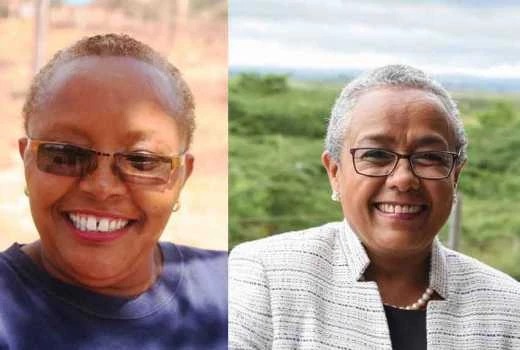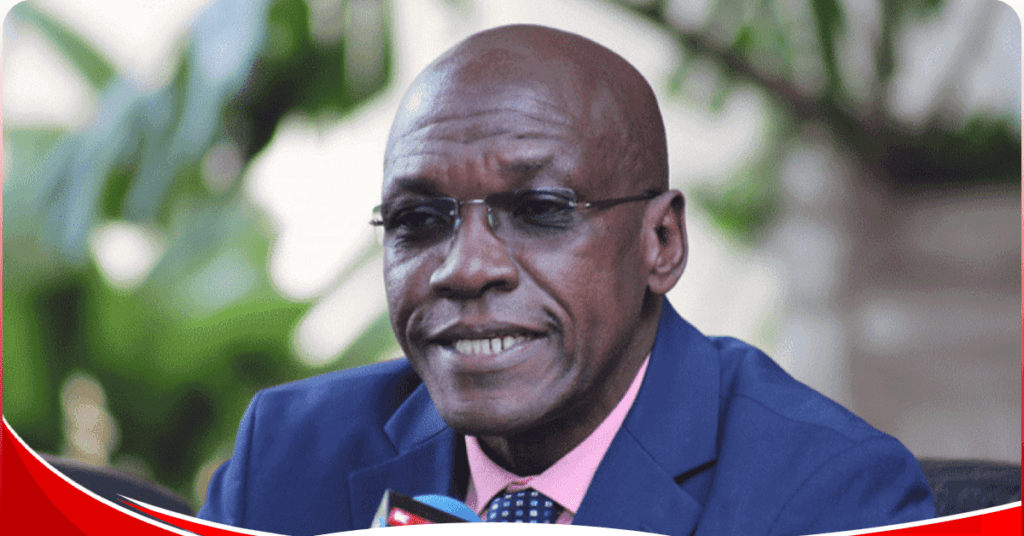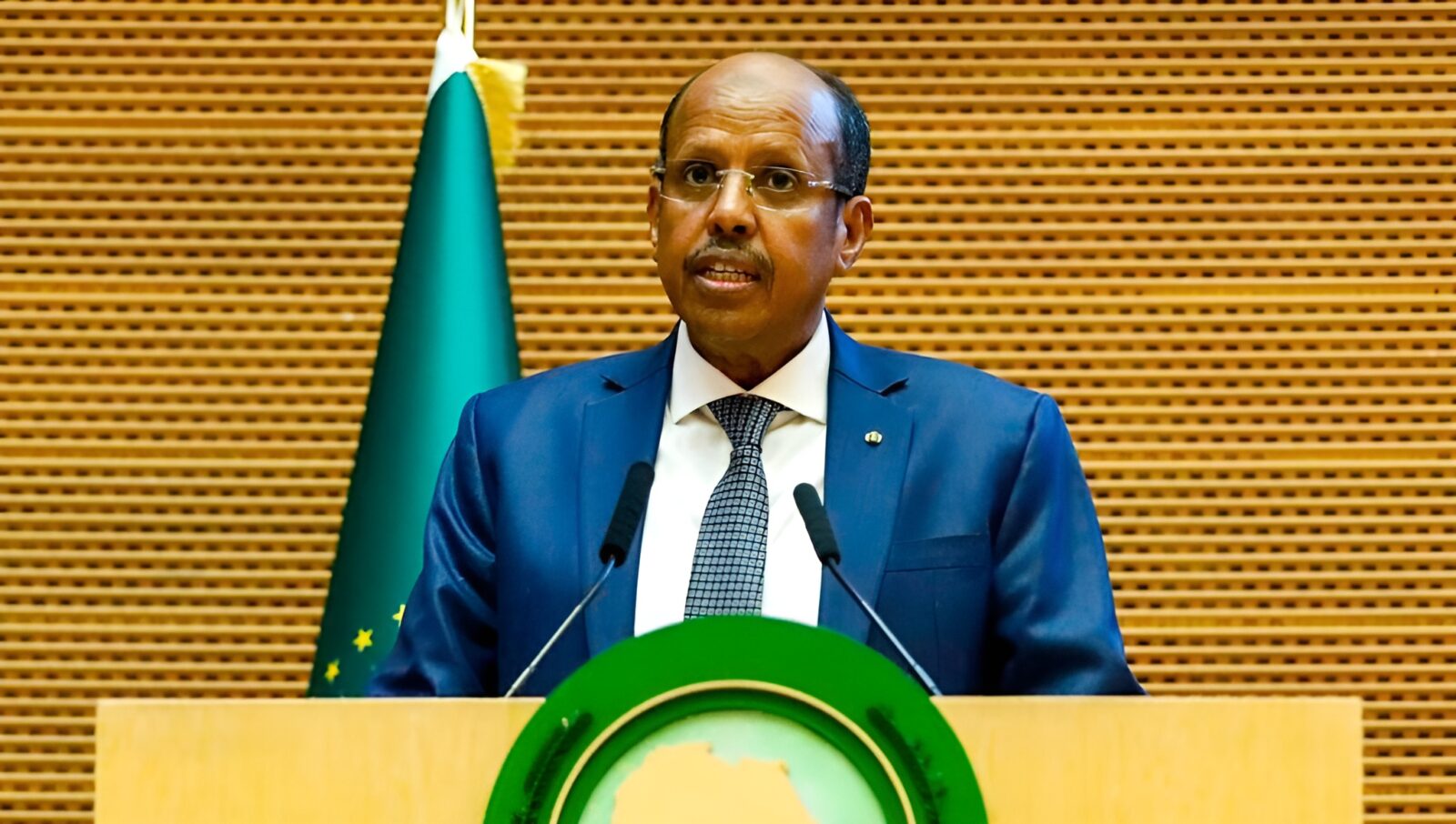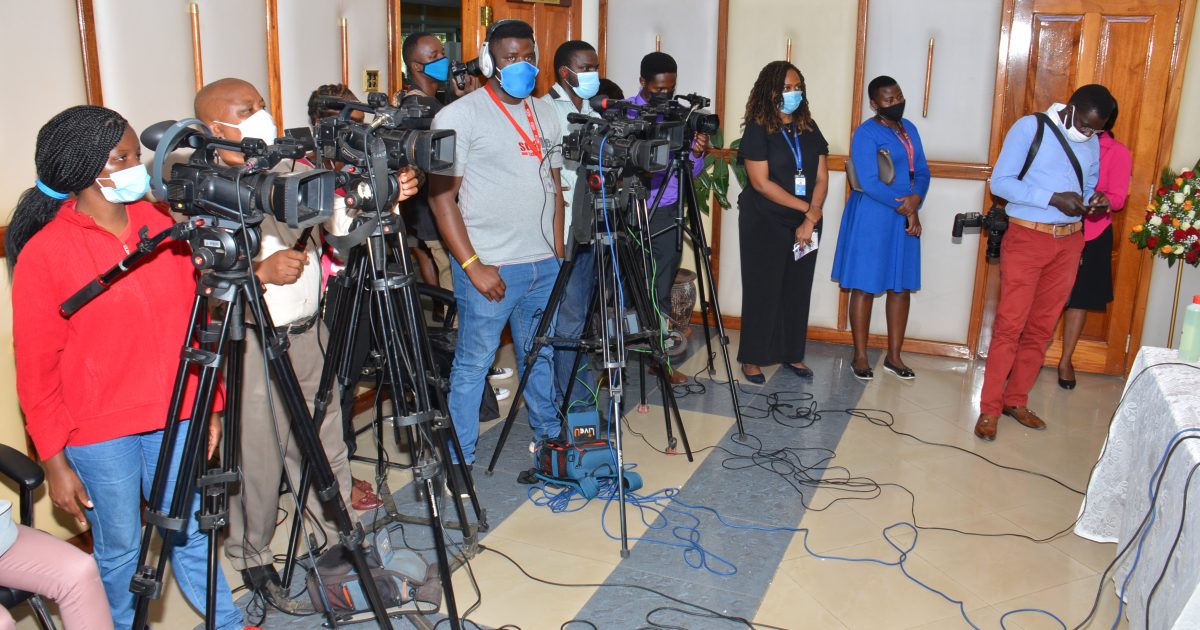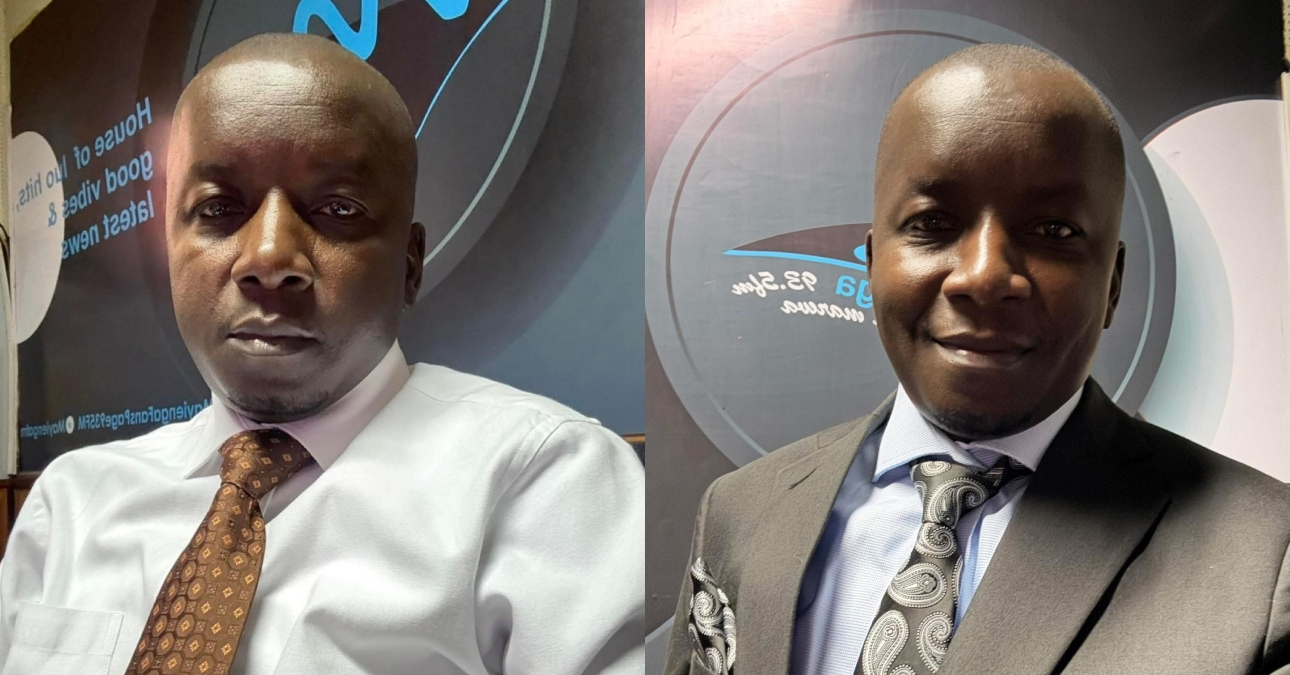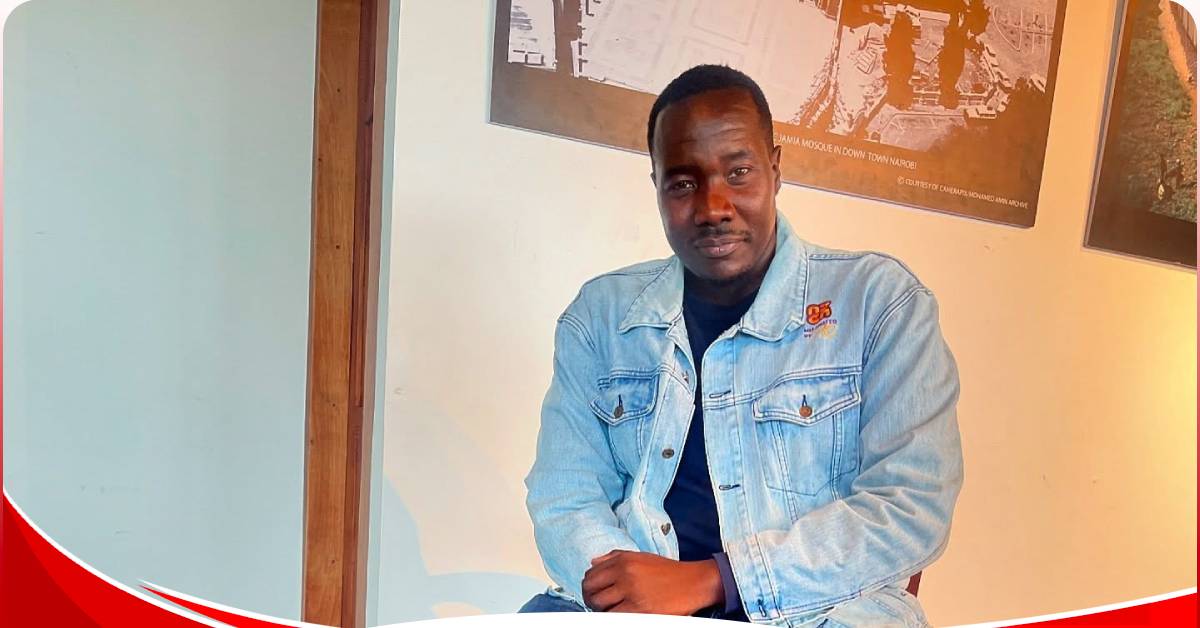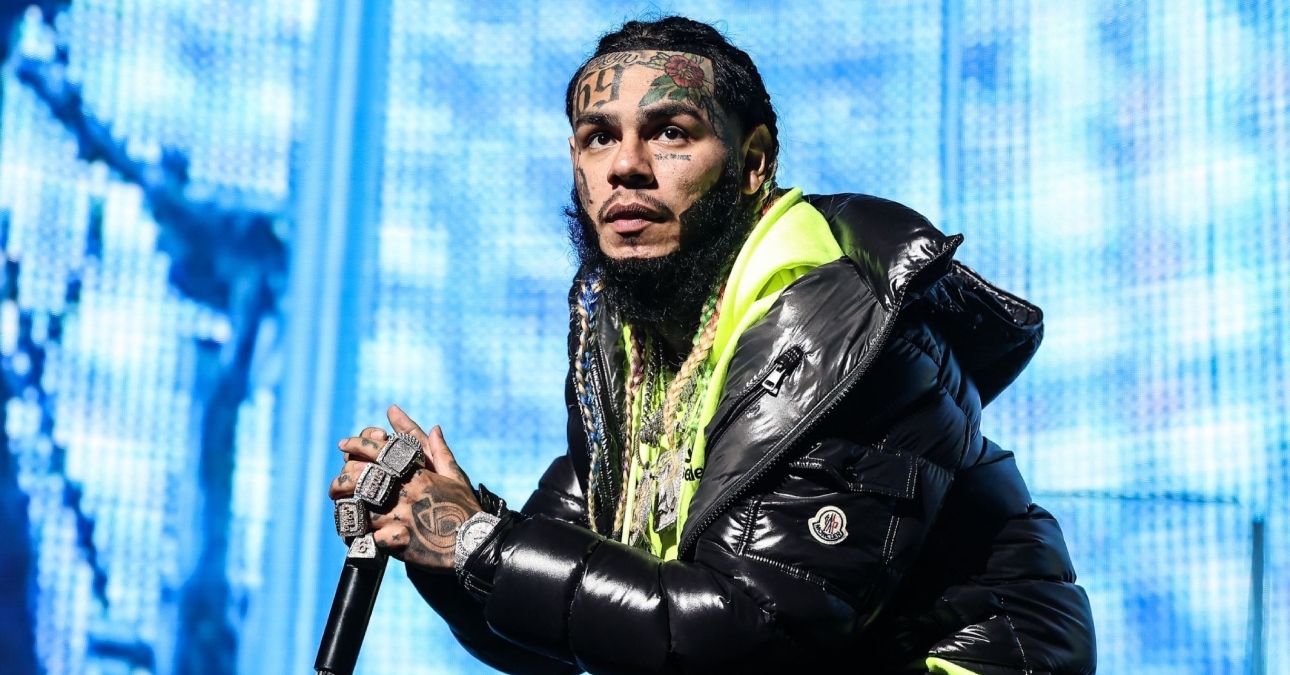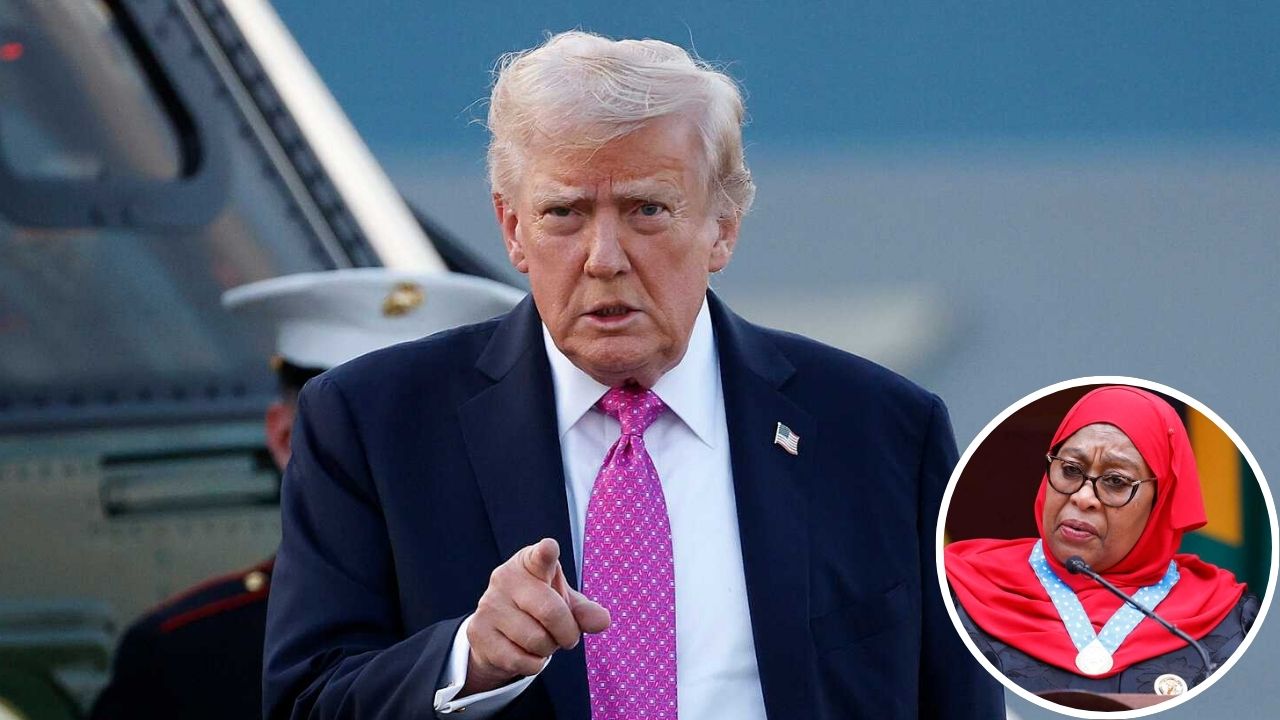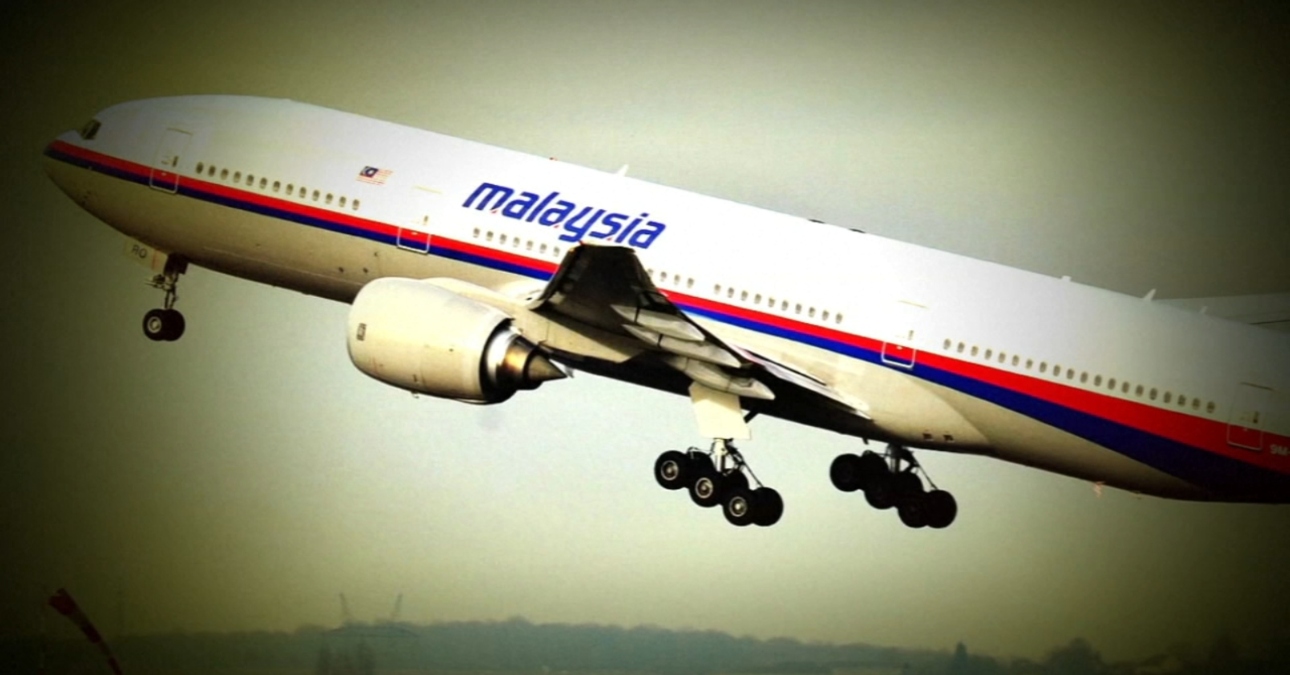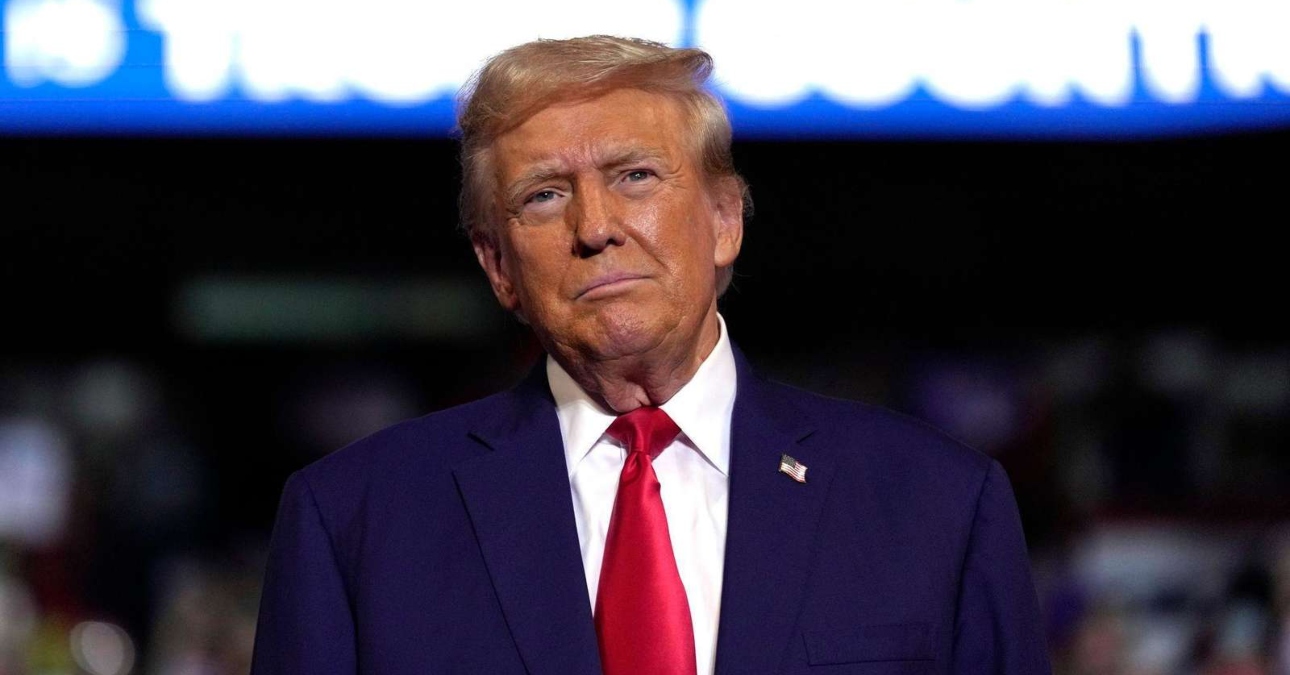Imagine someone who isn’t your twin walking into your local kiosk looking exactly like you. Creepy? Funny? Fascinating? Picture this: you’re at a matatu stage at Kencom. Someone moves like you, smiles like you, even rocks the same color outfit. You and the conductor lock eyes: “Ni wewe tena ama?” You laugh. A chill follows. It’s not witchcraft. It’s math. In billions of faces, some will rhyme.
The word doppelgänger means “double‑walker” in German. Old folklore claimed meeting your double meant bad luck or death. That was fear, not biology. Scholars trace the term back to 18th‑century literature and superstition, not spirits. Britannica notes doubles often signaled doom in stories, mirroring cultural fears more than reality.
Our brains love patterns. Give them a familiar jawline, similar eyes, same haircut — they fill in the rest. Psychologists call this over‑generalization in face perception. Quick recognition, poor precision. It’s the mental shortcut behind calls like, “Bro, nilikuspot Imenti,” when you were home watching football. Scientists say facial processing trades accuracy for speed, leading to false matches that feel real.
Here’s the twist. In 2022, a Spanish research team studied strangers who looked alike. They compared their DNA. Many shared key genetic markers for facial structure and even traits like height or weight — no family link. Nature sometimes reuses the same blueprint, creating “twin strangers.” As Dr. Manel Esteller, a geneticist, put it: “Genetics gives you the bricks; environment arranges the house. Sometimes, by chance, two houses look almost the same.”
Not every double is walking around. Some live in the brain. Rare conditions like heautoscopy can make someone see or feel a second self. Doctors describe patients talking to their own doubles, vivid and unsettling. Studies tie this to brain regions misfiring — a glitch, not a ghost. Neuroscientist Dr. Olaf Blanke explained: “Your brain builds ‘you’ every millisecond. If the wiring misfires, you may meet yourself.”
Kenya has its own doubles. Kevin Tembo looks so much like Bahati that people ask if they’re brothers. He leaned in, started singing, even released a love song inspired by Bahati. A face opened a door. He walked through. First Lady Margaret Kenyatta has a twin stranger: Grace Elizabeth Mkabili from Voi. Same build, same smile, same glasses. People stop her to ask about State House. Then there’s Ruger wa Kayole. Looks like Nigerian star Ruger. Performs like him too. They even shared a stage. The star laughed. The fans roared. A look‑alike turned hustle.
We’ve seen four kinds of doubles. Folklore’s spooky twins. The brain’s quick‑match trick. Genetics making strangers look related. And rare brain glitches that turn a double into a symptom, not a warning.
So if someone swears they saw your twin at Kamakis, relax. It might be any of the above. Faces repeat. Stories don’t.


